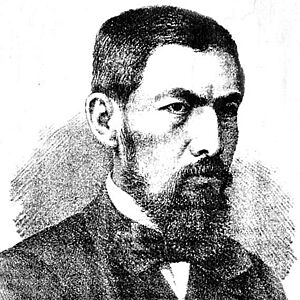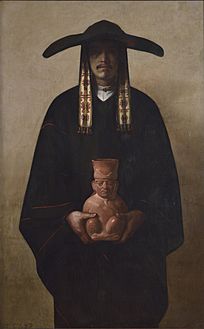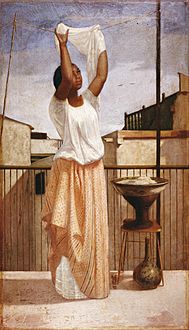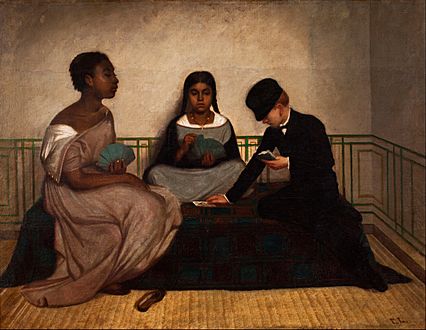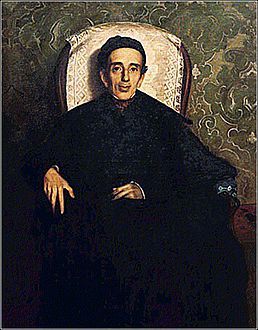Francisco Laso facts for kids
José Francisco Domingo Laso de la Vega y de los Ríos (born May 8, 1823, in Tacna – died May 14, 1869, in San Mateo District) was a famous Peruvian painter and a politician. During his life, he was best known for painting portraits of people. Today, he is also remembered for creating art that showed the lives and culture of Peru's native people, which was a new style called indigenismo.
Contents
Biography
Early Life and Education
Francisco Laso was born into a wealthy family from the old colonial times. His father was Benito Laso, who helped found Peru and later became a government leader. His mother, Juana, was the sister of the Marquis of Villahermosa de San José. When Francisco was only seven, his mother passed away. His family then moved to Arequipa, and his father remarried a year later.
He went to public schools. Later, he started studying law in Lima, but he soon realized his true passion was art. So, he joined the "Academy of Drawing and Painting." There, he learned from Francisco Javier Cortés. He also met the director, Ignacio Merino, who told him he should go to Europe to learn even more.
Art Studies in Europe
In 1843, Francisco Laso arrived in Paris, France. He started working in the art studio of a Swiss painter named Charles Gleyre. Four years later, he traveled to Italy. He visited famous cities like Rome, Florence, and Venice. He especially admired the paintings of Titian and Paolo Veronese.
In 1849, he returned to Lima, Peru, and opened his own art studio. He also traveled around the mountains and along the coast of Peru. During these trips, he painted scenes that showed the daily life and customs of the people in those regions.
Second Trip to Europe and Return
Thanks to money from the government, Francisco Laso was able to make a second trip to Europe in 1851. Once again, he worked with Charles Gleyre. He continued to paint themes about Peru's native people. He even showed his art at the "Exposition Universelle" (a big world fair) in 1855.
When he returned to Peru in 1855, he settled in Arequipa. Bishop José Sebastián de Goyeneche y Barreda asked him to paint several religious artworks. He also continued to paint many portraits. In 1863, he got married and made another trip to Europe, which lasted for three years.
Public Service and Final Years
Soon after coming back to Peru, Francisco Laso took part in the Battle of Callao. He helped as a firefighter during this important event. The next year, he was chosen to be a Deputy (a type of lawmaker) in the "Congreso Constituyente" (a special congress that writes laws) in 1867.
While in office, some people criticized him. They said he had made money from the government grants that helped him study in Europe. To show he was honest, he gave three of his paintings to the government.
In 1868, a serious yellow fever sickness spread in Lima. Francisco Laso worked closely with the Red Cross to help stop the disease. However, his health was not strong enough. He caught yellow fever in 1869. He died near the village of San Mateo while being moved to a mountain area for treatment.
Selected paintings
-
Portrait of Felipe Pardo y Aliaga (1860s)
See also
 In Spanish: Francisco Laso para niños
In Spanish: Francisco Laso para niños


